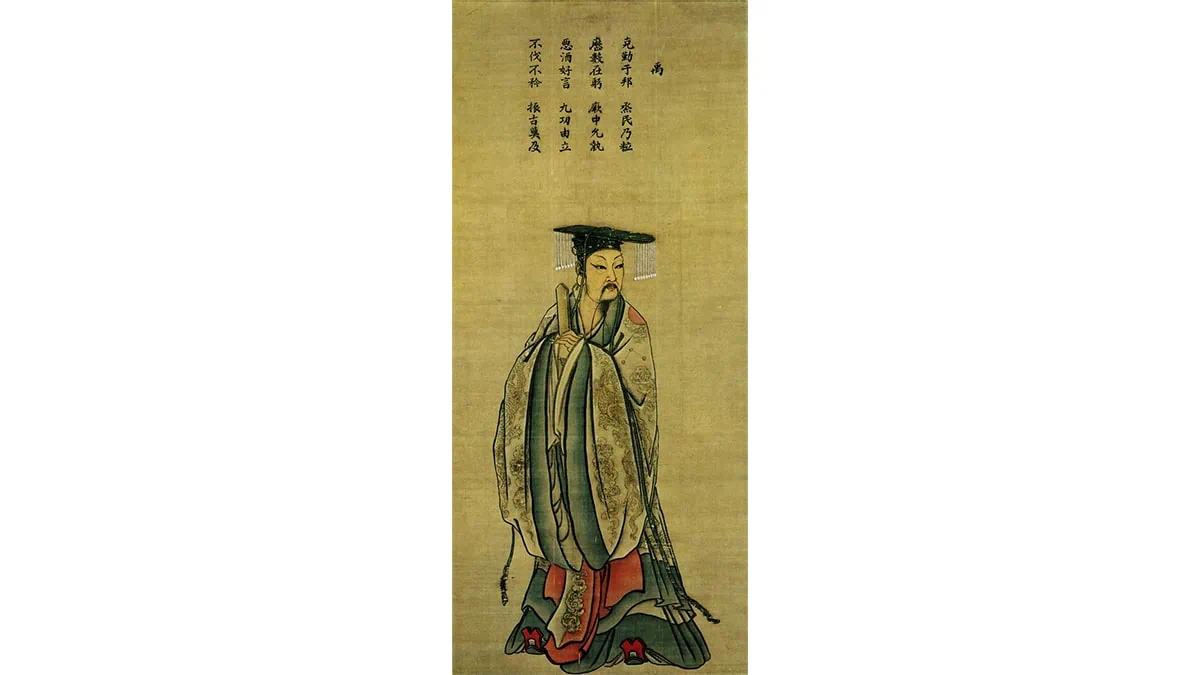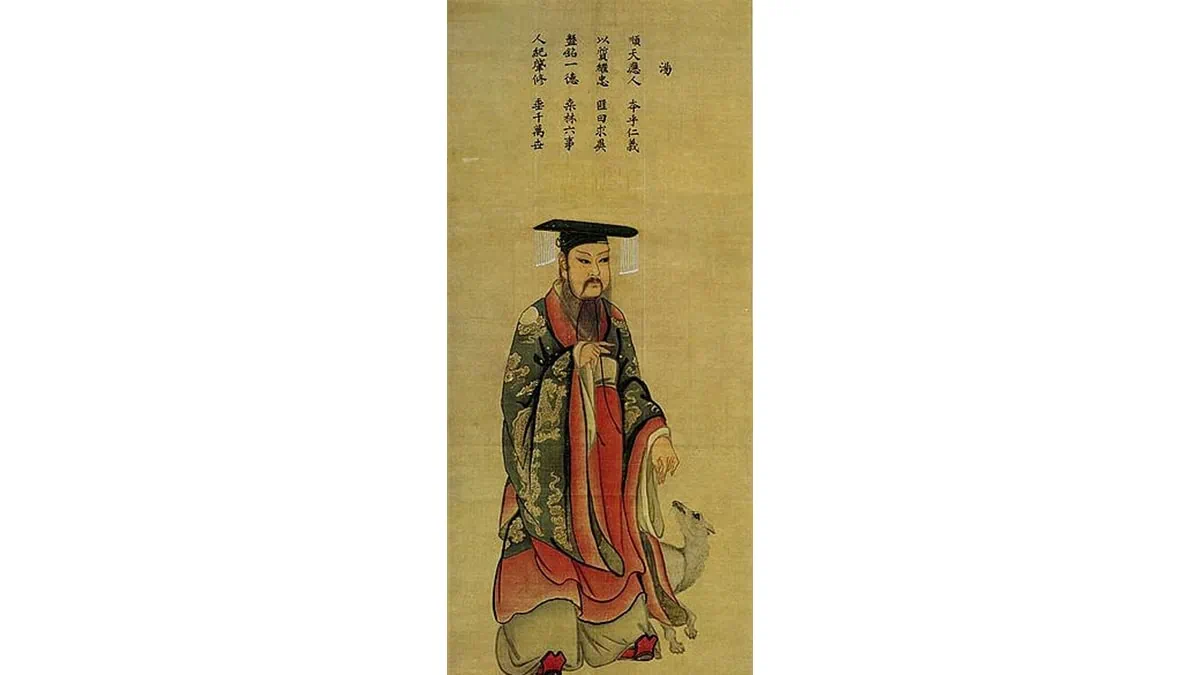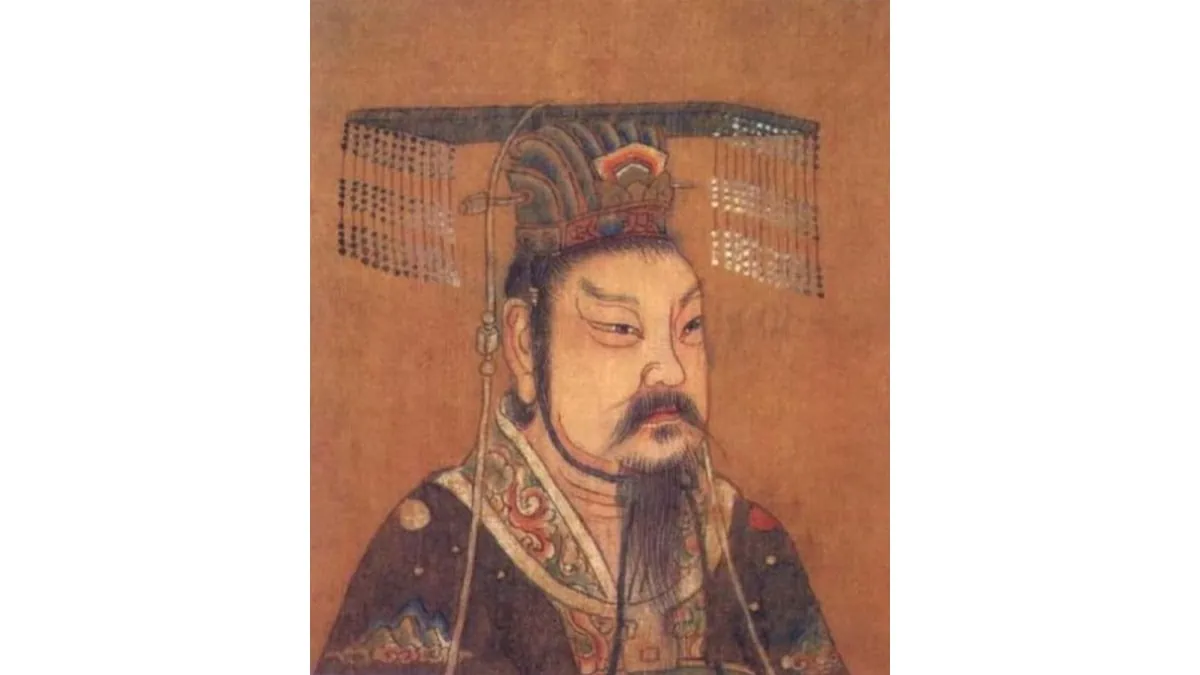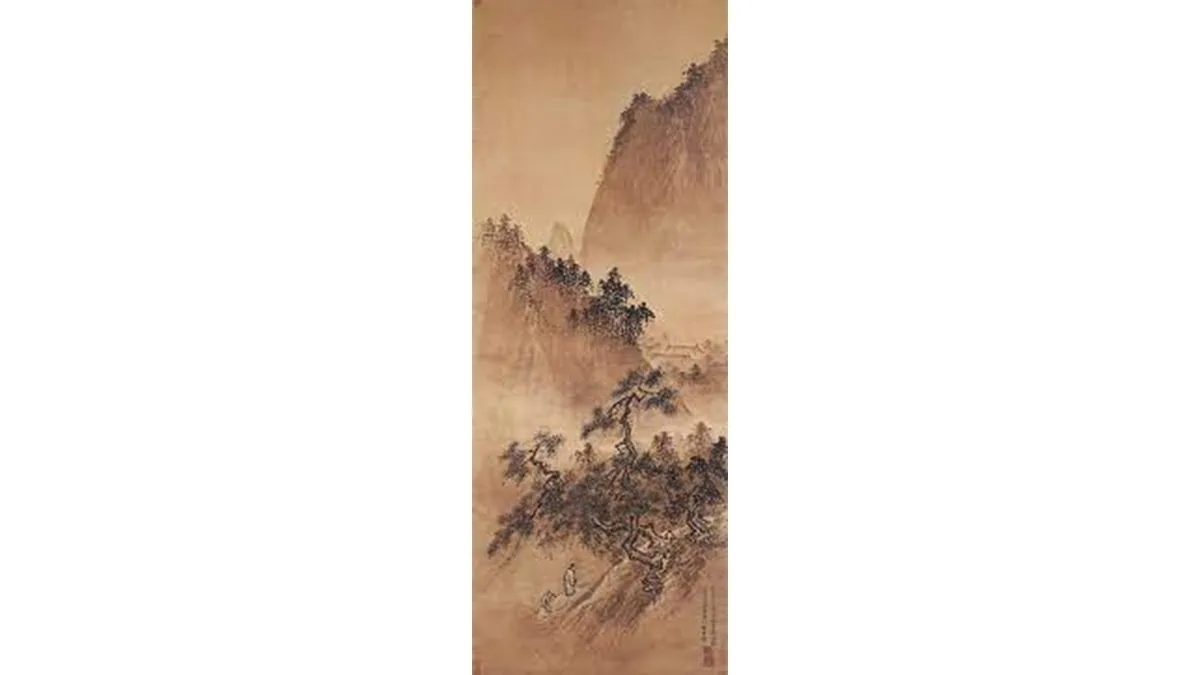How we see Chinese art in today’s world is inherently different from ancient times.
It’s more diverse, vast, and evolving than ever before.
But did you know Chinese art evolved, transformed, and moved beyond boundaries during Chinese imperialism?
If Zhou, Qin, and the Han Dynasties hadn’t existed, China wouldn’t probably have seen advancement in its cultural and artistic realm.
Several events contributed to the establishment and progress of Chinese art.
Today, in this blog, we’re going to learn how imperialism helped China make different kinds of art.
Before that, let’s go back to some 3000 BC to 4000 BC ago and see how life in China was in prehistoric times.
It was different—something that today’s generation wouldn’t resonate with. But it was way ahead when it came to Chinese art; its foundation took place in Neolithic times, when people were living a nomadic life.
During the era, Chinese pottery found its relevancy, and other Chinese art held a great impact at the beginning of Chinese imperial rule.
To understand Chinese art in depth, it’s imperative that we go back to its imperial eras, where different types of Chinese art originated.
(Through this blog, PortraitFlip helps you understand different events that brought China closer to its cultural and artistic advancements and teaches you how art in China was being shaped)
(Suggested Read: Medieval Art: How Medieval Art Formed)
Table of contents
Chinese Dynasties and Their Effect on Art
Different Chinese arts were created from the Xia Dynasty to the Qin Dynasty.
For centuries, China was under imperial rule.
During imperialism, China witnessed nothing but innovations that supported and extended the belief systems of emperors, whoever ruled the state, from the different phases of Chinese art history.
(Also Read: 24 Renaissance Facts)
Xia Dynasty

Xia was the first, though there is no archaeological evidence that it was the first dynasty to exist in China.
That’s why it was called a “mythical” dynasty from China.
But it promoted different Chinese arts, such as Chinese pottery and jade carving.
The dynasty lasted for five centuries and was best known for making bronze art.
Apart from that, it pioneered different forms of sculpture, including ivory carving, sericulture, and Chinese lacquerware.
China under the Xia dynasty was a completely different state, as many historical events occurred and iconic innovations were made.
It also acted as a bridge between the Shang Dynasty and Neolithic art in China, which also helped the Zhou dynasty come into existence.
Shang Dynasty

It lasted for over six centuries and was widely known as the Early Bronze Age.
Unlike the Xia dynasty, it had archaeological evidence and was also known for influencing masses from its nearby regions.
Chinese art culture under the Shang dynasty was fruitful as it saw advancements in writing, astronomy, and math.
The Era was quite spiritual, as it had some of its roots in the Xia Dynasty, which resulted in producing finely detailed Chinese art, including ritual vessels, musical instruments, and decorative stuff.
Most of the art featured non-fictional subjects disseminating ancient values and ideas. Not only that, it played a key role in altering one’s views and influencing personal choices.
(Also Read: Paintings of Cleopatra )
Zhou Dynasty

It was the longest dynasty in Chinese imperial history that shared similar characteristics as the Shang dynasty.
During these eras, bronze art was at its peak, resulting in the creation of ceremonial vessels and jade carving.
Chinese art history also witnessed several calligraphies and some fine paintings depicting real life scenes.
Art made using bronze was either used for decorating religious spots or as objects for the tomb.
Zhou was mainly a continuation of the Shang dynasty, in which descriptive paintings played a key role.
Most of these Chinese paintings were made on silk surfaces, including portraits or figurative artworks.
(Also Read: The History of Japanese Art and Artists)
Chinese Dynasties and Contemporary Art

Later, Qin, Han, and a few dynasties came into existence, leaving an indelible mark on Chinese art communities.
China saw a surge in warlike situations, and art became more political than ever.
If one emperor broke a system, the next would come and unify people and ideas; it would continue for the next few centuries till imperialism took its last breath.
Of course, there must be destruction, and for the longest time, the Chinese were in disparity, but most art, let’s say Chinese pottery and Chinese bronze art, predominantly flourished during the era of imperialism.
From the Neolithic era to the end of all dynasties, the Chinese pioneered arts that helped their civilizations and cultural progress.
Let’s take a look at the finest Chinese creations to understand their cultural background in depth.
(Suggested: Famous Landscape Paintings)
What is Chinese Art?

Any art produced in China is Chinese art—whether it is for utilitarian purposes or cultural advancement.
In the Neolithic Era, Chinese would move from one region to another and lead a nomadic lifestyle. Which, of course, introduced them to different cultures. That’s how pottery came into existence—to store food, water, and stuff.
Also, other innovations took place mainly for hunting or farming purposes.
As humanity progressed to new stages, other art forms like literature, sculpture, and bronze art cemented their position in Chinese art society.
Later, emperors ruled over China, and their administration brought about changes that we discussed in the previous section.
Let’s see what the distinctive characteristics of Chinese art were during the Neolithic and Chinese Imperialism.
- Ancient Chinese art emphasized religious, cultural, and real life scenes and ideas.
- Commonly depicted subjects were bamboo, florals, birds, and landscapes.
- Symbols were sacred
- Calligraphy and landscape paintings were the most popular.
- Chinese mural art showed both positive and negative aspects of life.
Let’s understand how Chinese art was through some of its marvelous and captivating artworks.
(Also Read: Harmony in Art)
Chinese Artworks/Paintings
Chinese dynasties should be credited with the development of Chinese art as new art forms sprouted, serving a large purpose and meaning.
If you look at ancient paintings in China, most of them were on paper.
Pigments, inks, and especially paint brushes with bristles made of animal hair were used. Which was then mounted on a silk surface to preserve its finest details.
Dense Green Covering The Spring Mountains

The Chinese artwork “Dense Green Covering the Spring Mountains” is the best example.
Mountains were considered spiritual because Chinese used to believe that the subject that is upward and surrounded by nature is close to divine powers.
Dai Jin created this artwork, which had similar characteristics to academic paintings from the Song Dynasty.
The Chinese artwork, which seems to have a mysterious and destructive vibe, actually signifies positivity.
It depicts a literati walking with a crutch under the pine trees among the rocks, and a young servant holding a piano follows him.
The second character following literati is going upward, meaning getting closer to spiritual wisdom and salvation.
(Suggested: 11+ Realism Paintings)
Mountain Landscape (1617)

Another Chinese painting, Mountain Landscape (C 1617), by Dong Quichang, is made to draw the viewer’s attention to the upward or peak of the mountain.
He added dark hues and shades to the foreground vegetation to emphasize the top, which was known to be an act of spiritual
Though it leaves an abstract vibe, which shows the artist’s admiration for nature and art.
Mountains piqued the interest of uncountable people who considered the top of a mountain a holy path for abundant wisdom and spiritual contentment.
(Also Read: Ancient Greek Paintings)
Other Chinese Artworks

Chinese art wasn’t only limited to paintings, calligraphy, and sculptures. It was more than that!
Chinese art impressed the world of art, especially in the Middle East, because of its pottery.
But there was another kind of Chinese art that people would often talk about: bronze art.
Incredible craftsmanship was seen in ancient Chinese art, especially at the times of the Song Dynasty, which dealt in bronze art.
Bronze art was considered sacred during social events and religious celebrations.
Which is why, there was massive demand for artists who made bronze art—who would mold, cast, and reshape bronze to create vessels used for water, wine, weapon containers, musical instruments, and whatnot!
(Also Read: Hyperrealism Art)
The Present and Future of Chinese Art
By the end of imperialism, everything in the Chinese art realm had changed.
It evolved on so many levels that the Chinese started making art to convey a deeper message and capture moments.
The era of conflict has ended, which has resulted in the progress of Buddha art, which continues to this date.
But if you look at artworks in China—the contemporary ones—you’ll notice there is full control by the Chinese government, especially Chinese artworks made in the late 20th century.
Perhaps it’s the restrictions or rules imposed by Chinese authorities, but one thing is for sure that artists have begun exploring and experimenting with new modalities and techniques.
Some works of art have been created by revisiting ancient Chinese culture.
And it continued to do so as it never moved outside and remained within the boundaries, unlike European or American art.
(Also Read: Pop Art Movement)
Frequently Asked Questions
Chinese pottery is the oldest kind of art in China and was created to store food, water, and for utilitarian purposes.
Zhou, Qin, and the Han Dynasties played an imperative role in influencing Chinese art culture.
Calligraphy, painting, literature, pottery, bronzes, and jade carving are the different forms of ancient art.
Florals, bamboos, and mountains were the common subjects in ancient Chinese artworks.





